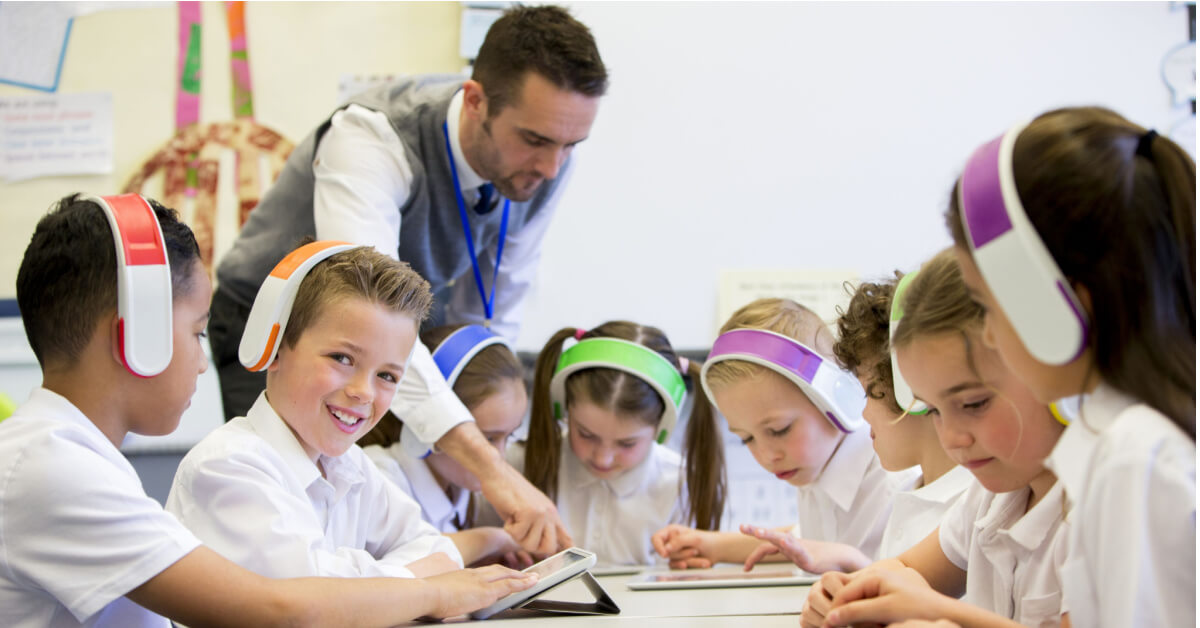September 26, 2022
It’s back-to-school season! Like mud season is accepted by the locals in mountain locales, back-to-school season is accepted by education professionals and students all over the world. We prep and we prepare, we get excited, we decorate, we do development and team-building exercises, and we work to become the best educators we can be for this year’s group of students. It’s important to acknowledge that, especially after the past two years, educators are tired. As a school leader, if you’re anything like me, you walked into the building this season with renewed optimism and hope for the new year, but also still feeling burned out from the past two. The summer wasn’t enough rejuvenation for the life force that has been lost in a constant low level, and sometimes high level, of stress.
As we look at how to make things better for all of our students we look at how to make our classrooms inclusive, equitable, and welcoming. Ensuring that no students feel left out, different, or othered is a major step towards creating an equitable classroom environment as well as building a positive relationship with all students and creating a culture of acceptance in…

